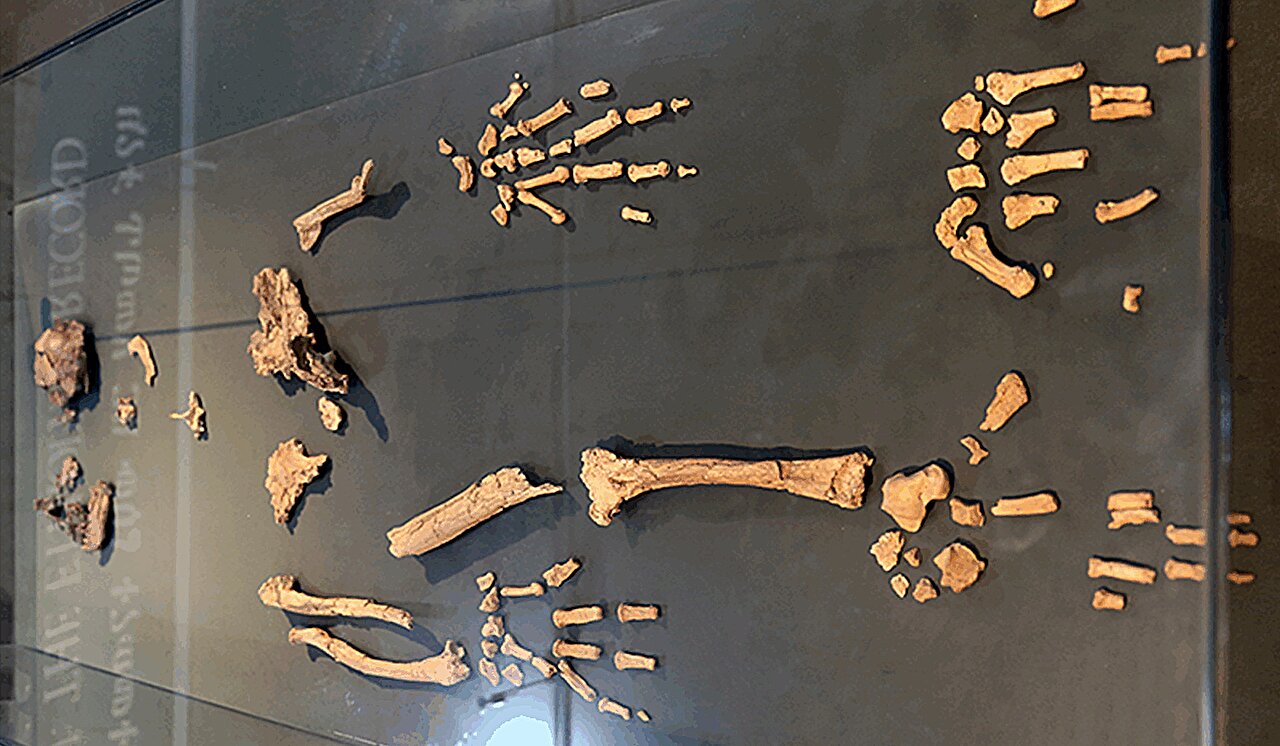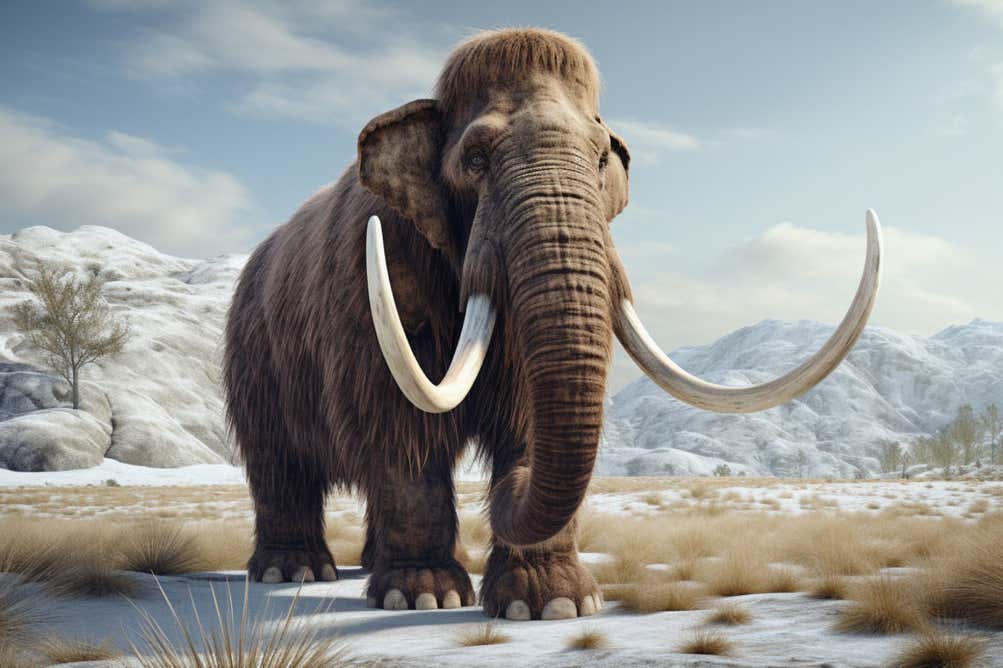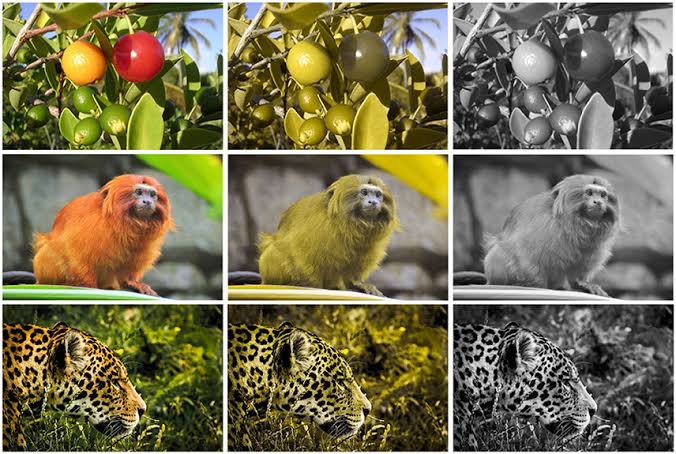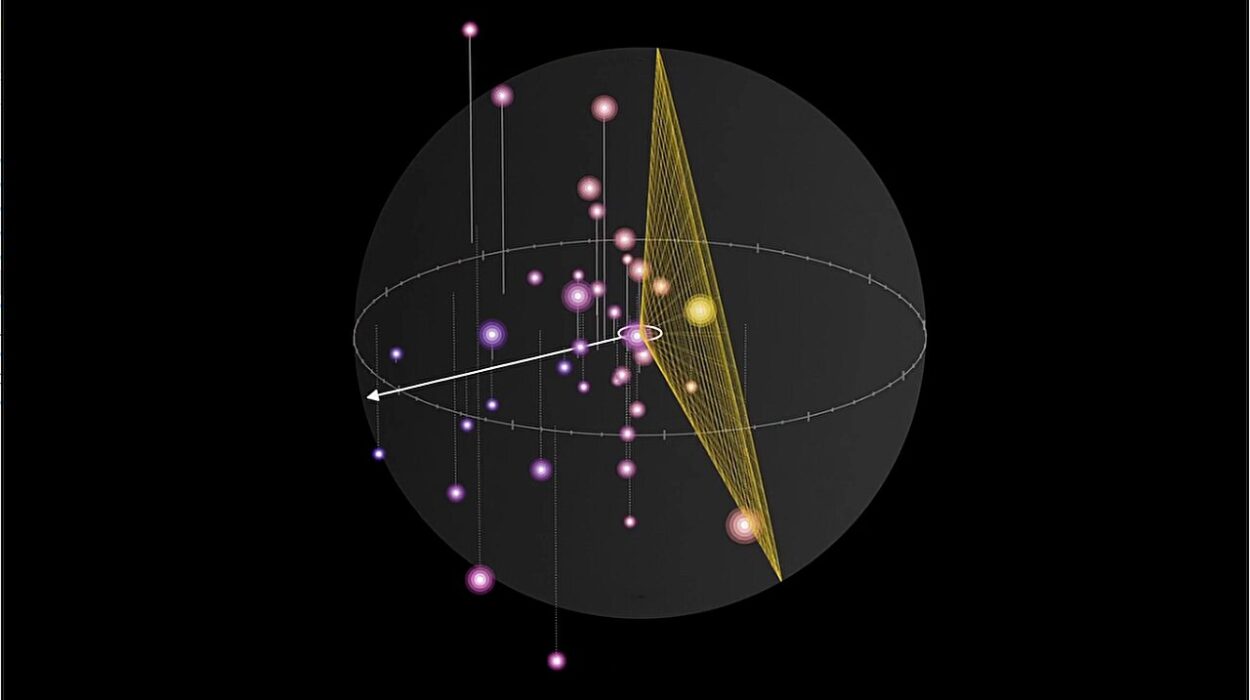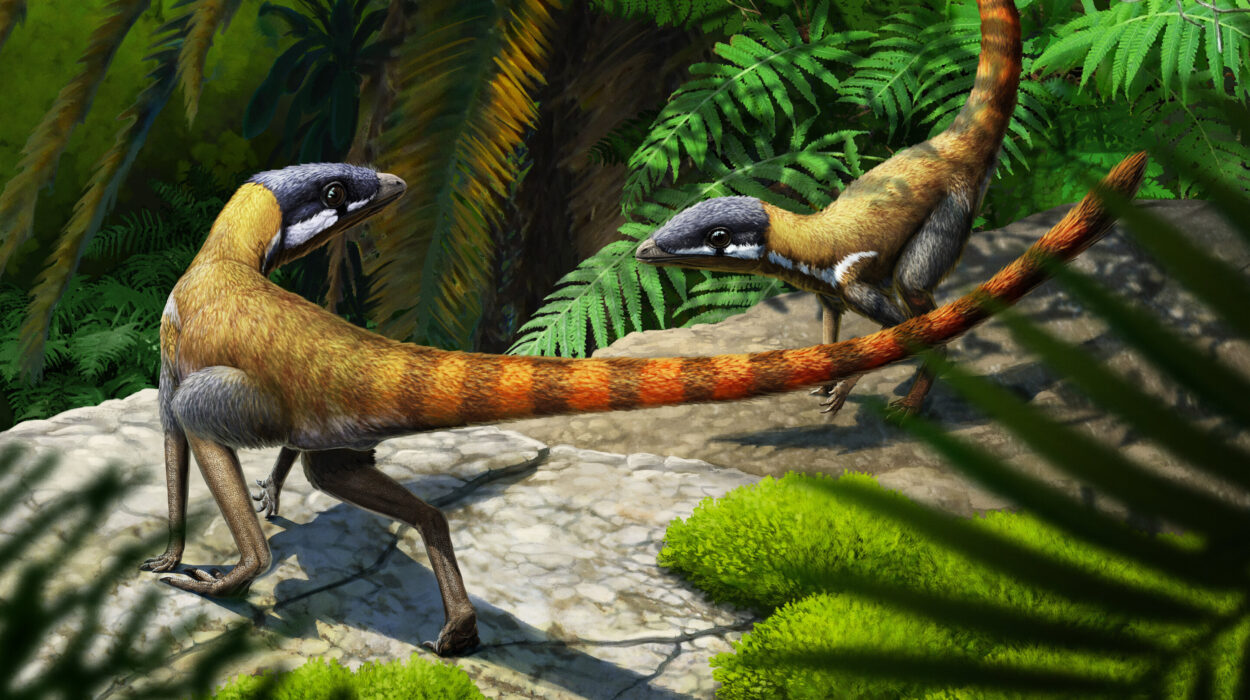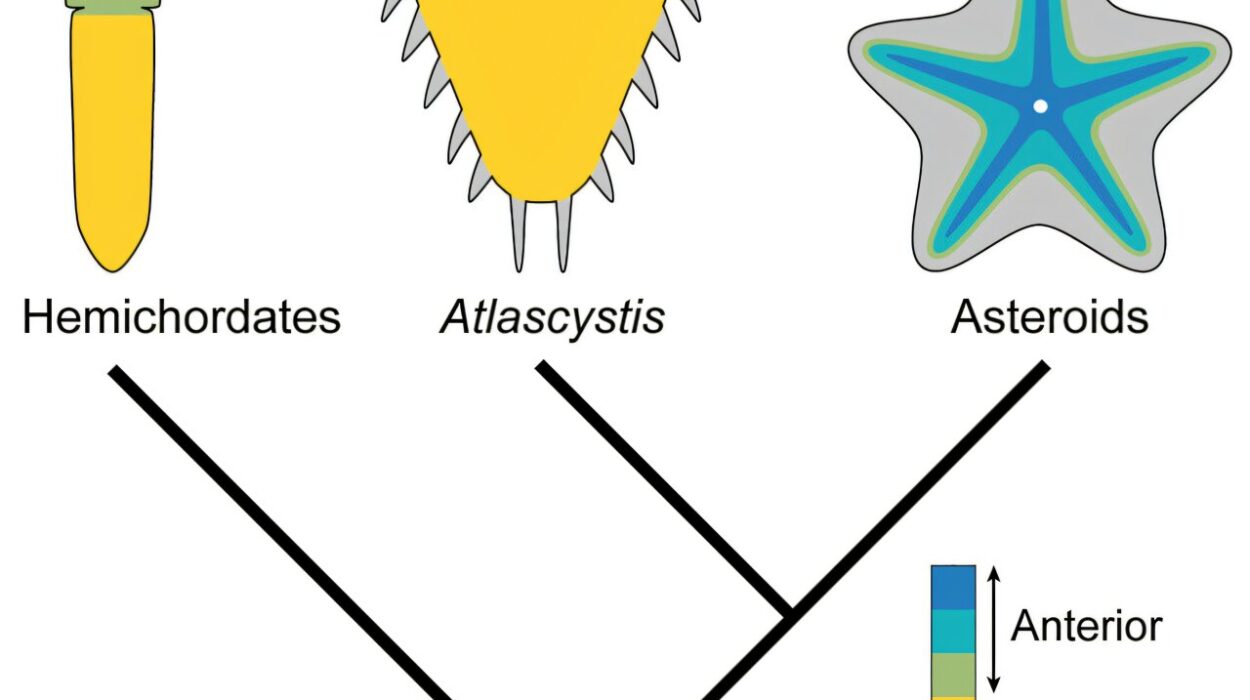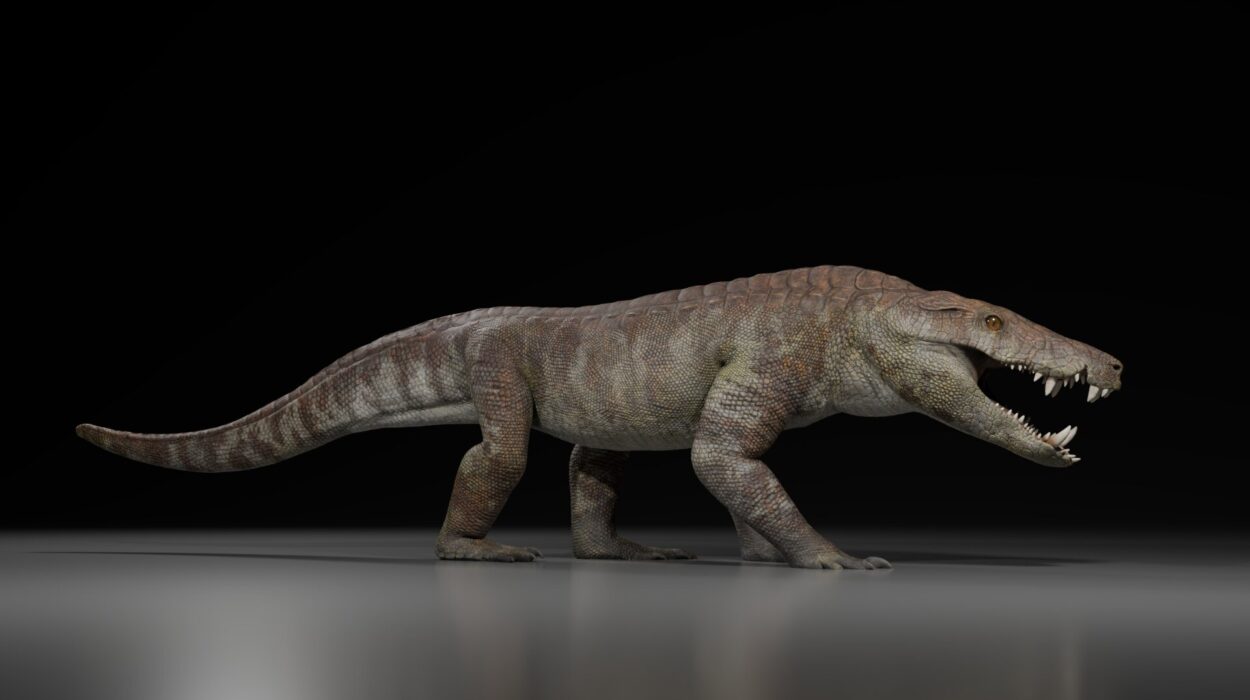For more than a hundred years, scientists have been piecing together one of the greatest puzzles in existence: the story of how humans came to be. Each fossil, each fragment of ancient bone, adds a clue to our shared origin. From the first stone tools to the rise of Homo sapiens, our evolutionary story has been a journey of mystery and discovery—a quest to answer the timeless question, “Where do we come from?”
Now, a groundbreaking study from Washington University in St. Louis has brought scientists a step closer to that answer. Published in Communications Biology, the research provides powerful new evidence supporting the idea that humans evolved from an African ape-like ancestor. By reexamining a fossil long at the heart of debate—a 4.4-million-year-old skeleton known as Ardi—scientists have uncovered clues that may redefine our understanding of early human evolution.
The Discovery That Changed Everything
In 1994, deep in the dusty soils of Ethiopia’s Afar region, paleoanthropologists made a stunning discovery: the fossilized remains of a small, upright-walking creature who lived millions of years before Lucy, the famous Australopithecus afarensis skeleton. This new find, Ardipithecus ramidus—affectionately nicknamed “Ardi”—was unlike anything seen before.
Ardi’s skeleton was remarkably complete, offering an unprecedented glimpse into what our earliest ancestors might have looked like. Standing just under four feet tall, Ardi had long arms, grasping hands, and a foot that could hold onto branches. Yet she also walked upright on two legs—a hallmark of humanity.
For years, scientists struggled to interpret what Ardi truly represented. Some argued that she showed a generalized form of movement—neither fully ape-like nor fully human. Others saw her as evidence that our ancestors did not evolve from anything resembling modern African apes. The implications were immense: if true, it would mean that chimpanzees and gorillas were not close models of our evolutionary past but rather evolutionary outliers—branches that diverged in different directions.
Rethinking Ardi: A New Look at an Old Skeleton
The new research, led by Thomas (Cody) Prang, assistant professor of biological anthropology at Washington University, revisits this decades-old debate with modern insight and advanced methods.
Prang and his colleagues focused on one of the most revealing parts of Ardi’s body—the talus, or ankle bone. This single bone holds critical information about how an animal moves. By comparing Ardi’s talus to those of chimpanzees, gorillas, monkeys, and early humans, the researchers uncovered striking evidence that reshapes our understanding of Ardi’s movement—and, by extension, our ancestry.
Their findings revealed that Ardi’s ankle most closely resembles those of African apes, not the generalized structure once thought. This means that Ardi likely climbed and walked in ways similar to chimpanzees and gorillas.
In other words, rather than being an outlier or an evolutionary experiment, Ardi appears to fit squarely within a lineage of ape-like ancestors—species that had already developed the anatomical tools for both climbing trees and walking on the ground.
Walking the Line Between Ape and Human
Ardi’s anatomy tells a story of transition—a species caught between worlds. She lived in a landscape of woodlands and open areas, where survival required versatility. Her hands and feet suggest she could still climb trees efficiently, perhaps for food or safety, while her pelvis and leg bones reveal that she could also walk upright when on the ground.
“Ardi walked upright, yet retained a lot of ape-like characteristics, including a grasping foot,” Prang explained. “That makes Ardipithecus a true transitional species.”
Chimpanzees and gorillas, for instance, have a big toe that sticks out to the side, allowing them to grip branches easily. Ardi’s foot retained some of this grasping ability—but also showed adaptations for walking upright. This dual function highlights a critical moment in evolution: when our ancestors began experimenting with life on two legs without completely giving up their arboreal habits.
Prang’s analysis also uncovered another key feature: Ardi’s talus displayed signs of an enhanced push-off mechanism—a trait seen in species that walk on two feet. This means she was not only capable of standing but actively walking, pushing forward with her feet in a way more advanced than any known ape ancestor before her.
Challenging Old Ideas, Embracing New Connections
When Ardi was first studied, researchers suggested she represented a “generalized” early hominin, one not closely related to African apes. This idea led to the conclusion that living apes—chimpanzees and gorillas—were evolutionary “dead ends,” unrelated to the origins of humanity.
Prang’s new study challenges that assumption. By identifying clear similarities between Ardi’s anatomy and that of African apes, the research reconnects our lineage with theirs.
“Many people in the field would say the initial interpretation was probably flawed,” Prang said. “This paper corrects that initial idea that distanced Ardi from chimpanzees and gorillas.”
Importantly, this does not mean that humans evolved from chimpanzees. Instead, it reinforces the view that humans and chimpanzees share a common ancestor—one that may have looked and moved much like the apes we see today.
This revelation has profound implications. It suggests that the roots of human evolution are firmly embedded in Africa’s ancient forests and that the traits that eventually defined us—upright walking, dexterity, and intelligence—emerged gradually from ape-like beginnings.
How Fossils Reveal the Story of Movement
To understand why the ankle is so significant, we must look at how bones record behavior. The talus, the bone that links the leg and foot, is a key player in how animals walk or climb. Its shape, angle, and surface wear can reveal whether a creature primarily moved on two legs, four limbs, or spent much of its time in trees.
By examining the talus across species, scientists can decode ancient locomotion like detectives reading a trail of footprints through time. The similarities between Ardi’s talus and those of African apes tell us that vertical climbing and walking on the soles of the feet were part of her everyday life.
This hybrid way of moving—climbing when needed, walking when possible—would have been invaluable in the shifting environments of early Africa, where food, safety, and climate pressures constantly changed.
What It Means for Understanding Ourselves
Every fossil discovery is a reminder that human evolution is not a straight line but a branching tree, full of twists and unexpected turns. Ardi represents one of the earliest known branches of that tree—a creature living more than 4 million years ago, long before Homo sapiens or even Australopithecus emerged.
By placing Ardi more firmly in the context of African ape evolution, Prang’s research bridges a gap that puzzled scientists for decades. It suggests that the roots of bipedalism—our defining feature as humans—lie in an ancestor that moved through the trees like a chimpanzee but began to walk on the ground like a human.
This discovery also brings a sense of connection. It reminds us that humanity’s story did not begin with civilization, tools, or language—it began in the wild, with creatures adapting to survive in forests and savannas long before our species appeared. The way we walk, the way we stand, even the shape of our feet—all are echoes of those ancient transformations.
A Step Closer to Understanding Where We Come From
For scientists, the question of where humans came from is not just about bones and DNA—it’s about understanding what makes us who we are. Each discovery reshapes that understanding, refining our sense of identity as part of the natural world.
Ardi’s story, once a source of confusion, has now become a cornerstone of clarity. She bridges the gap between ape and human, offering a glimpse into a time when our ancestors were still experimenting with life on two legs.
In tracing her footsteps, we also trace our own. We see that evolution is not a story of perfection but of adaptation, of life finding new ways to meet the challenges of its environment. Ardi’s mixed anatomy—part climber, part walker—embodies that resilience.
As Prang and his colleagues show, the more we learn about fossils like Ardi, the more we understand that our history is not just human—it is deeply, profoundly alive.
The Endless Journey of Discovery
Science rarely ends with a single answer. Each fossil unearthed, each bone examined, leads to new questions and deeper mysteries. But with every discovery, we move one step closer to understanding the grand story of life on Earth.
The study from Washington University does more than reinterpret a fossil; it reconnects humanity to its roots. It tells us that our origins are not separate from the natural world but intimately woven into it—that the rhythm of our walk once echoed through the forests of ancient Africa.
In the 4.4-million-year-old bones of Ardi, we glimpse the first hesitant steps of our ancestors, balancing between the trees and the open ground. Those steps set in motion the long journey that would eventually lead to us—creatures who now walk the Earth asking the very question that Ardi’s fossil helps us answer: Where do we come from?
More information: Prang, T.C. et al, Ardipithecus ramidus ankle provides evidence for African ape-like vertical climbing in the earliest hominins, Communications Biology (2025). DOI: 10.1038/s42003-025-08711-7 www.nature.com/articles/s42003-025-08711-7
